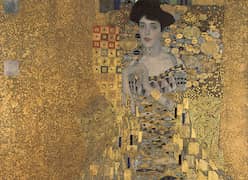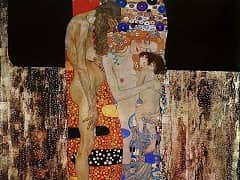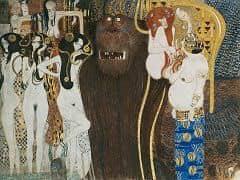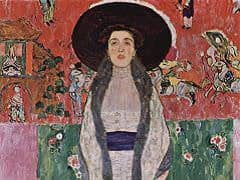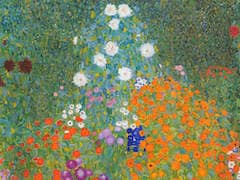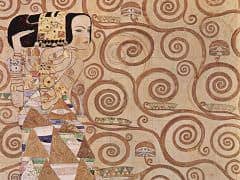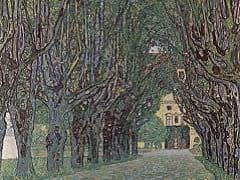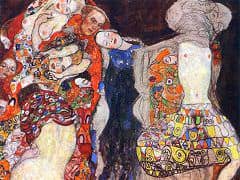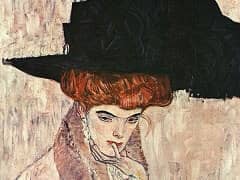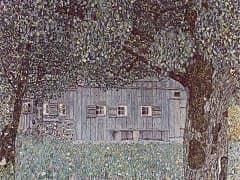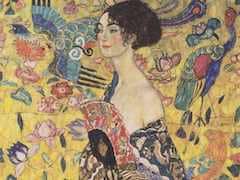Portrait of Fritza Riedler, 1906 by Gustav Klimt
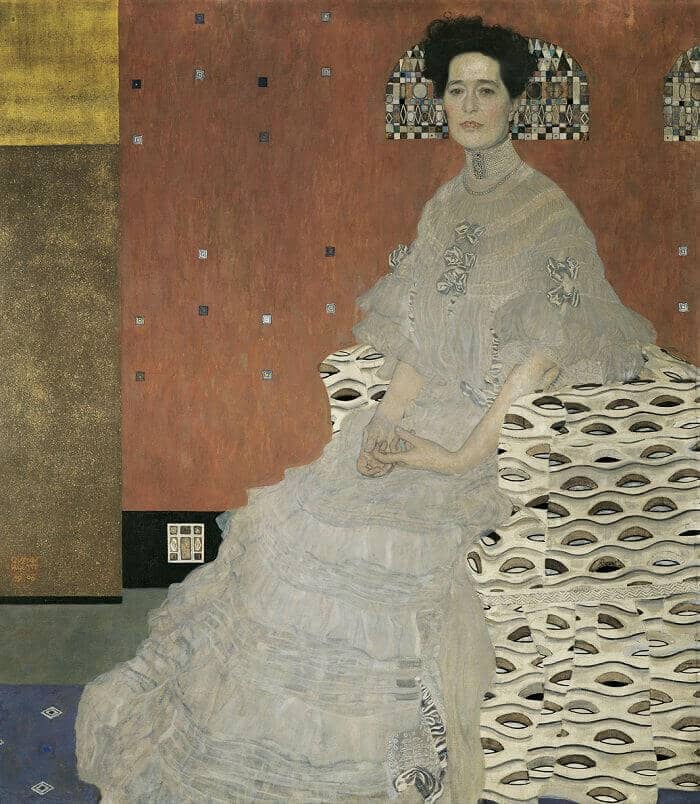
In Portrait of Fritza Riedler, the treatment of the women's white dresses is very close, as are the geometrical blocks of colour in the background. Fritza Riedler, however, is seated, and here
Klimt has let his imagination take over. The armchair in which she sits - perfectly realistic in the preparatory drawings - has virtually disappeared, becoming a two-dimensional outline filled in with g
old and silver eye-shaped motifs. The gold and silver are picked up by the small squares dotted across the background wall.
As in the portrait of Margaret Stonborough-Wittgenstein, Klimt has placed a roughly semicircular shape behind Frieda's head. This serves to frame and draw attention to her face, in the same way that
Tissot places Miss Lloyd in a doorway. However, the mosaic-like semicircular decoration in the Portrait of Fritza Riedler is more complicated than in the earlier work, and would appear to derive
from two sources: Diego Velazquez and Egyptian art. There is a Portrait of Queen Mariana of Austria, formerly ascribed to
Diego Velazquez (1599-1660), in the collection of the Kunsthistorisches Museum in Vienna and the queen's hair is elaborately coiffured with braids and beads in the same shape as in Klimt's portrait. However,
Klimt may also have been inspired by his study of the ancient Egyptian art in Vienna's museums. Whereas most figures of the pharaohs showed their hair descending in parallel lines.



